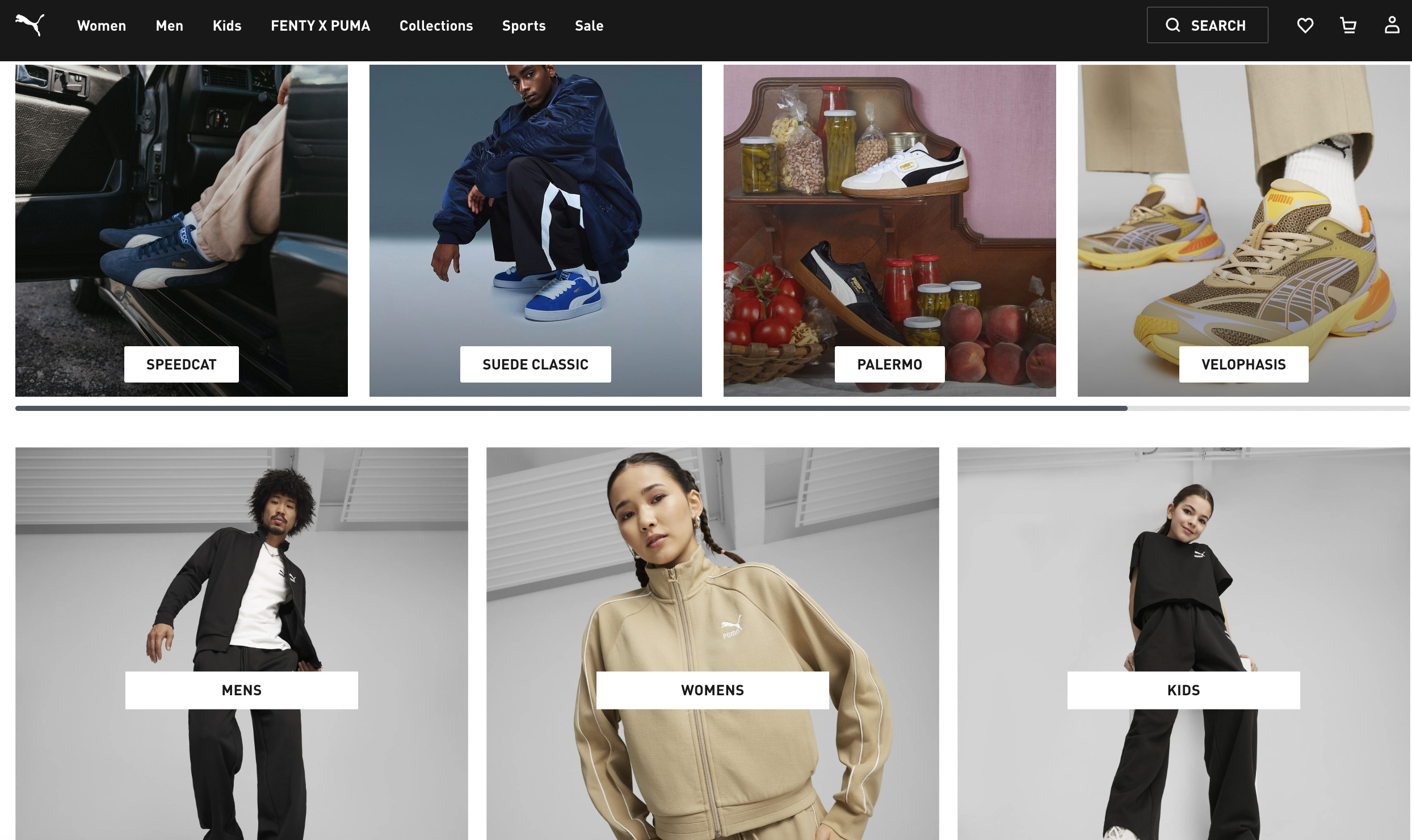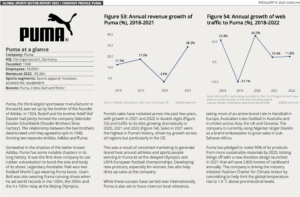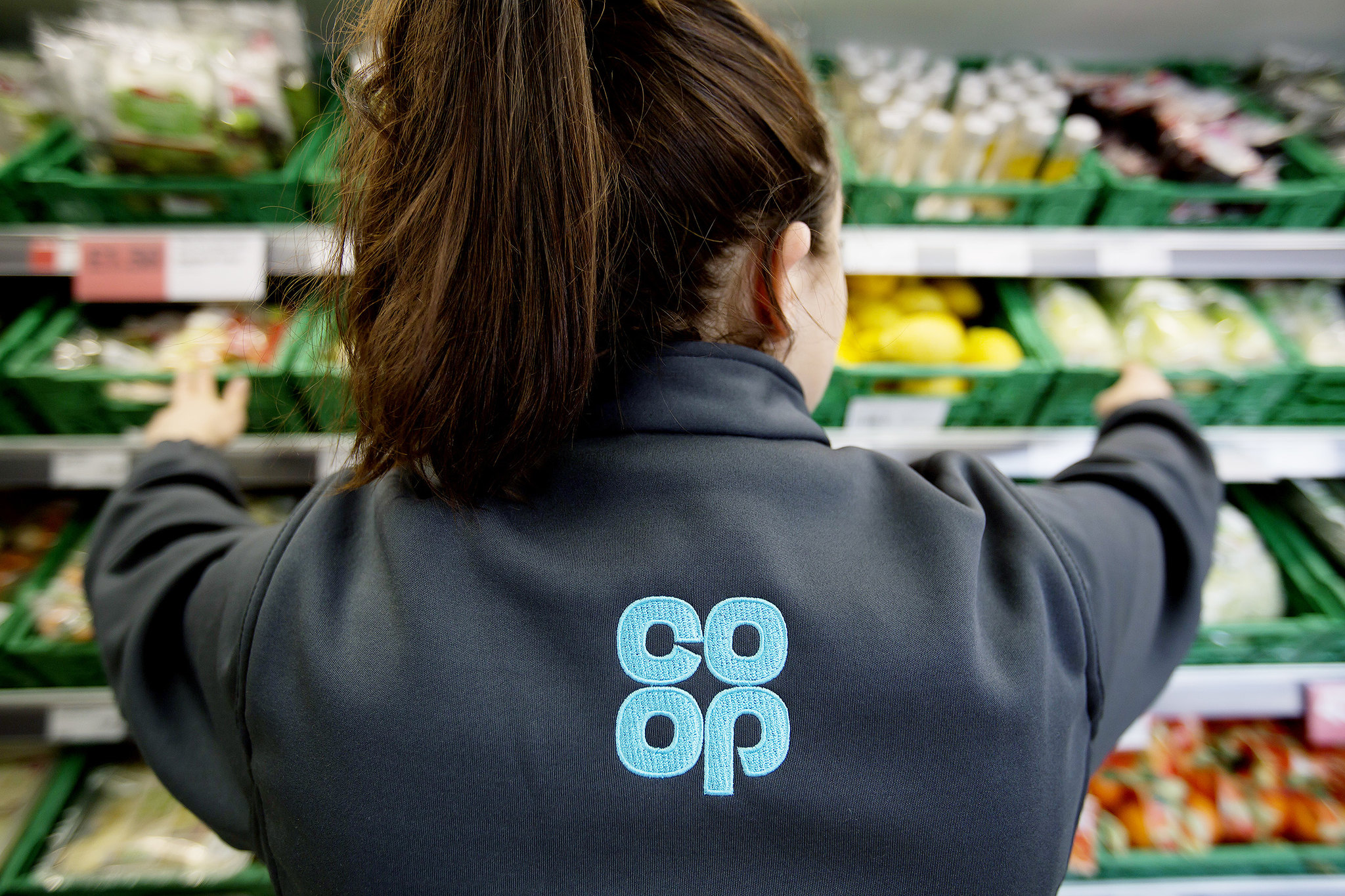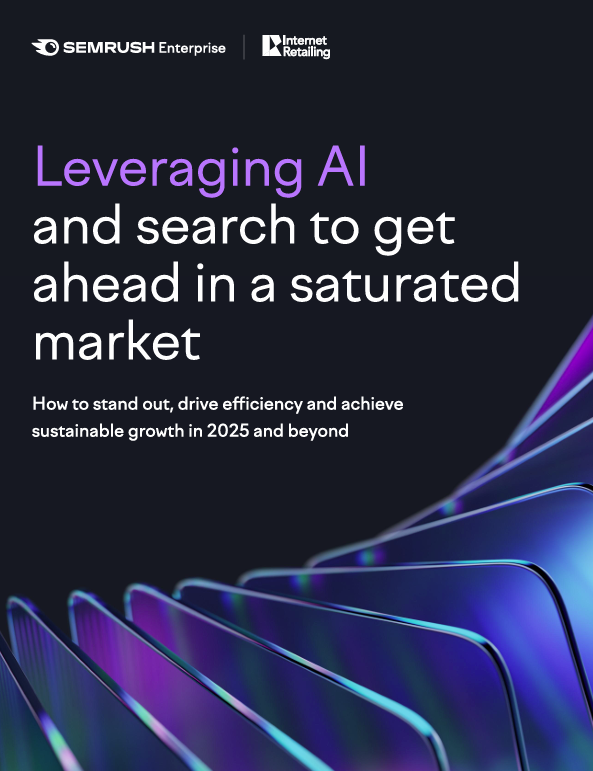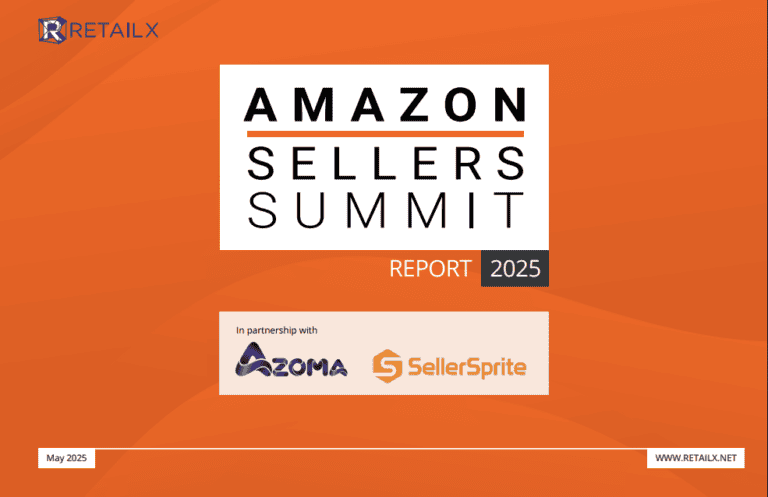Puma will deploy Google Cloud’s data, analytics and AI solutions to make its online retail experience “more efficient, agile, and more personalised” for customers worldwide.
The collaboration will see Puma shift parts of its ecommerce ecosystem, including puma.com, to Google Cloud and build out a global ecommerce data platform. Early results have already driven customer experience improvements, including a 19% increase in average order value, as a result of Puma using Google Analytics and BigQuery to better understand and tailor content to customers.
In addition, Puma has been able to access real-time inventory levels up to four times faster, helping shoppers find the exact products they wish to buy at the nearest possible stores.
“With Google Cloud’s AI and data capabilities, we have been able to not only gain a far better understanding of our customers, but also translate that insight into frictionless commerce, and more personal shopping experiences both online and offline,” said Pancho Ortuzar, director global ecommerce engineering at Puma.
“Migrating our e-commerce infrastructure to Google Cloud will greatly accelerate our efforts towards making PUMA’s direct-to-consumer channels a significant driver of overall business growth.”
Redefining direct-to-customer commerce with AI
Over the course of this multiyear agreement, Puma will incorporate Google Cloud AI capabilities at all stages of its D2C channels for more tailored customer experiences. Vertex AI Search for retail will bring Google-quality search and recommendations to Puma’s website’s digital properties, helping shoppers better discover products and deliver personalised shopping recommendations to consumers based on their current interests and trends.
Furthermore, Puma will explore Google Cloud’s generative AI and visual search tools to power future bespoke offerings, such as a generative AI shopping assistant and options to “Shop the Look”—or virtually try on sportswear items—with the help of AI-generated content.
“Family has always been a big part of the Puma experience, and our AI-driven approach to loyalty will help us better understand and reward customers based not just on individual but also on family needs,” added Ortuzar.
“By streamlining the technology stack and eliminating data silos with the help of Google Cloud, Puma employees are now freed up to pursue innovative uses of AI and other technologies that build stronger, more nuanced relationships with customers.”
Building a foundation for innovation and efficiency
As part of the migration, Puma will consolidate its global ecommerce data and workloads onto Google Cloud, creating a single data engine that will give the company end-to-end insight into how audiences engage with its brand and digital content, driving faster and more accurate personalisation of products and offers.
“By building a centralised customer data platform on Google Cloud, we get the highest quality technology when it comes to analytics, data governance, and security, allowing us to radically improve how we work with partners in the interests of our customers,” explained Ortuzar.
“Common data standards and API management through Apigee mean that no matter where our retail outlet operators are on their digitisation journeys, they can tap into our digital services and insights without having to alter their current IT systems. That, in turn, enables them to create even more localized experiences, supported by consistently world-class data security and operational intelligence, with minimal disruption to them or their customers.”
Learn more about the world’s third-largest sportswear manufacturer in a company profile in the RetailX Global Sports Sector report. Download the full report which looks at why sports sales are dominated by Gen Z; how Athleisurewear and fashion sports have saved this sector; and why Asia is leading the way in sports goods sector growth after a post-pandemic slowdown.
Stay informed
Our editor carefully curates two newsletters a week filled with up-to-date news, analysis and research, click here to subscribe to the FREE newsletter sent straight to your inbox and why not follow us on LinkedIn to receive the latest updates on our research and analysis.
